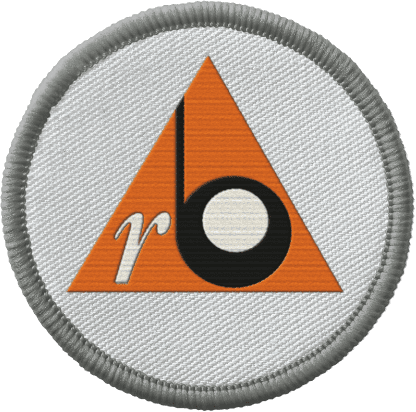It all starts before dawn. At 3.45 am, he heads to the airstrip to meet his pilot to take off at first light. He wants the beautiful morning glow, and he doesn’t want to miss a minute, an opportunity to capture a yacht and a crew in their element approaching the finish line of the world’s toughest ocean race.
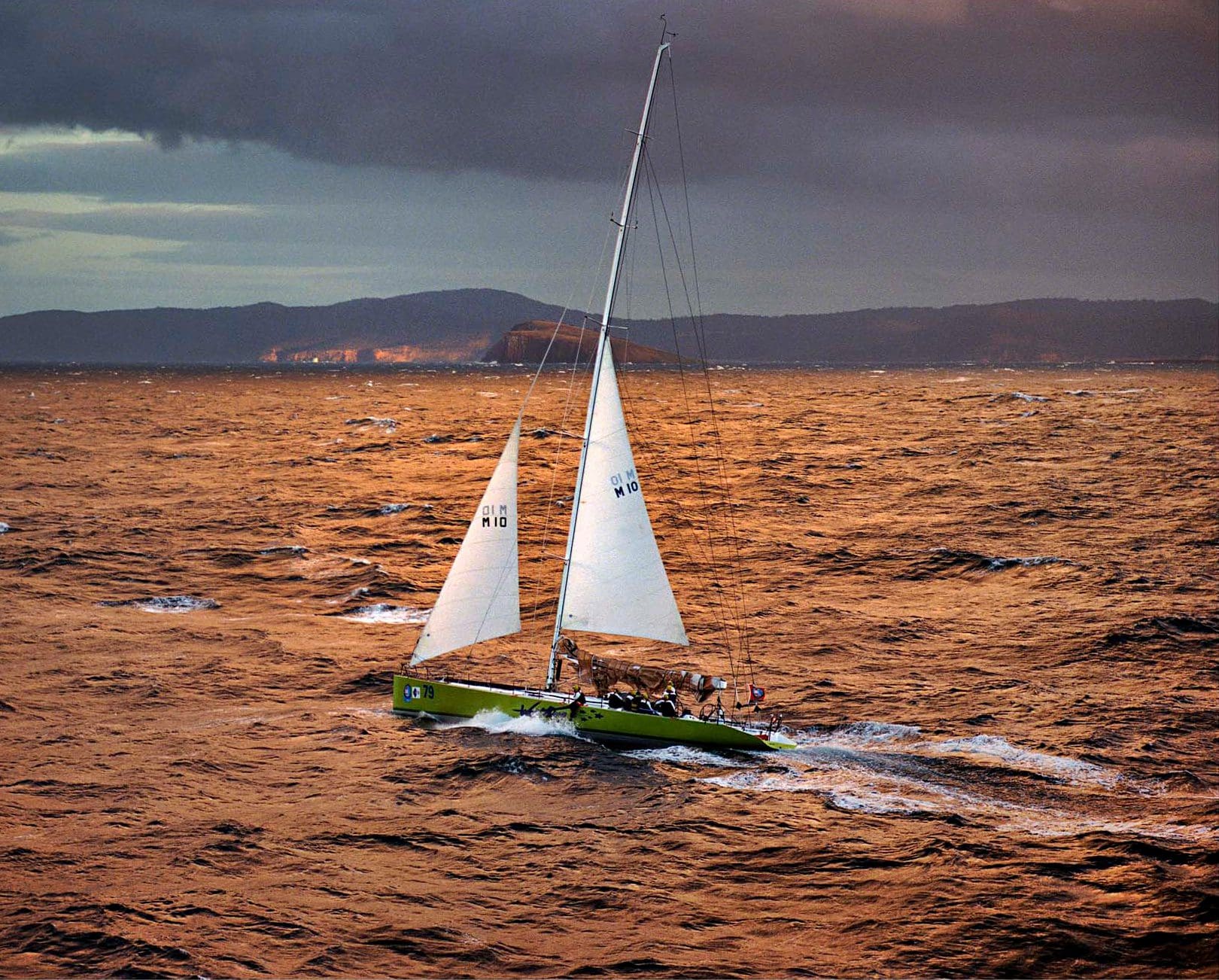
It’s the year 2000, and Richard Bennett is photographing his 27th Sydney to Hobart Yacht Race.
Inside the fixed-wing Cessna 172, it’s loud, bumpy, windy, and cold. The cargo door is off the side, and all the seats have been removed except for the seat of the pilot. Richard lies on the floor, on top of an old sleeping bag, secured to the plane with a rope tied off to the pilot’s seat. There is a slight but ever-present smell of aviation fuel mixed with salt water.
They travel at altitude until they find them (the yachts), and then they dive, photographing the yachts from mast height, almost grazing the waves. It’s not uncommon to see a wave in the foreground of a Richard Bennett shot.
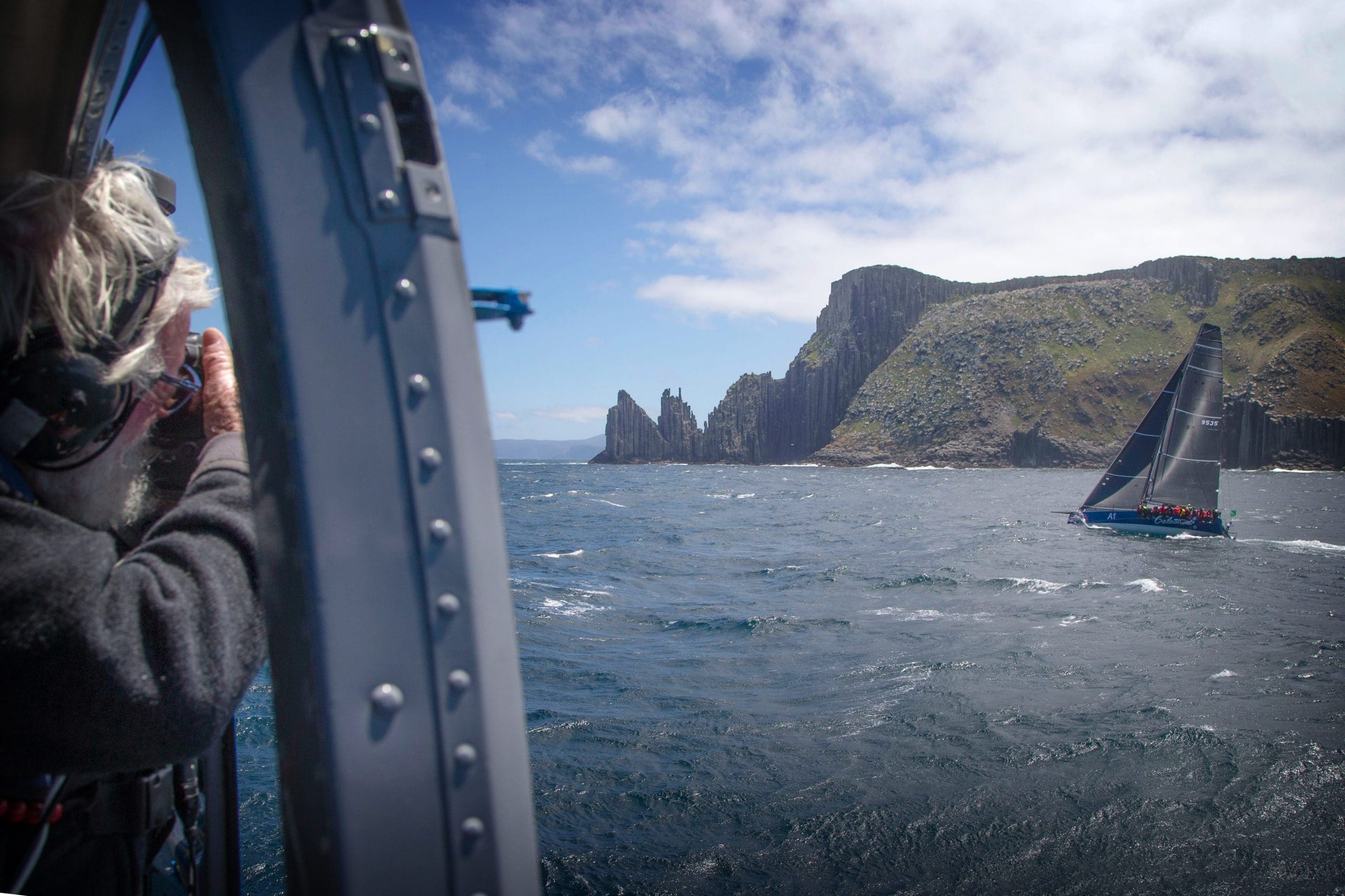
A rare skill
In 1994 his daughter Alice, then 16, took her first flight with Richard to learn the craft. She recounts the experience of being in the plane:
“The camera is heavy – a 67 Pentax medium format camera with a big heavy timber handle. It has to be heavy to keep it steady in the strong wind. But you can’t put the strap around your neck because if you dropped it, it’d break your neck.
“The wind is so strong that we use gaffa tape to secure the camera focus on infinity so that the wind can’t knock the camera out of focus. Your legs are pushed against each wall of the interior of the plane to keep you steady, and you wear a life jacket in case the plane goes down.”
Alice recalls flying back from Sydney in an Aero Commander and coming into land in Hobart in such rough conditions that Richard had to put Alice between his knees on the floor and push his weight down on her, squashing her down to land.
“I’ve never been scared for my safety. Dad trained me to be calm. He once instructed the pilot to stall the engine and let the plane drop out of the sky to show me how scary it could get – and it wasn’t. Cessna’s glide. And Dad has only ever flown with the best pilots. So, I have complete faith in the pilot and in the aeroplane.
Alice was also in the air for the infamous 1998 Sydney Hobart storm, but that is another story.
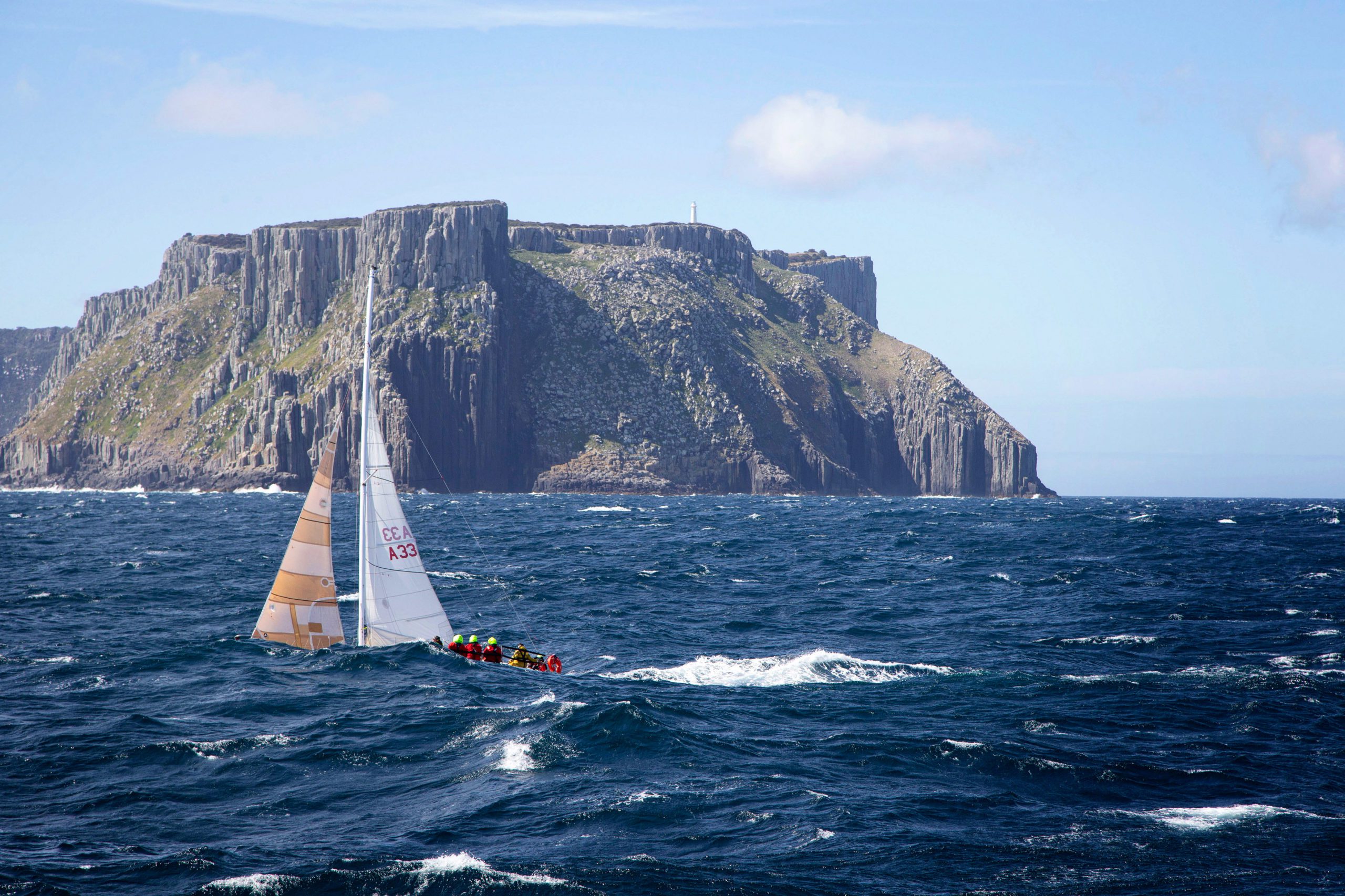
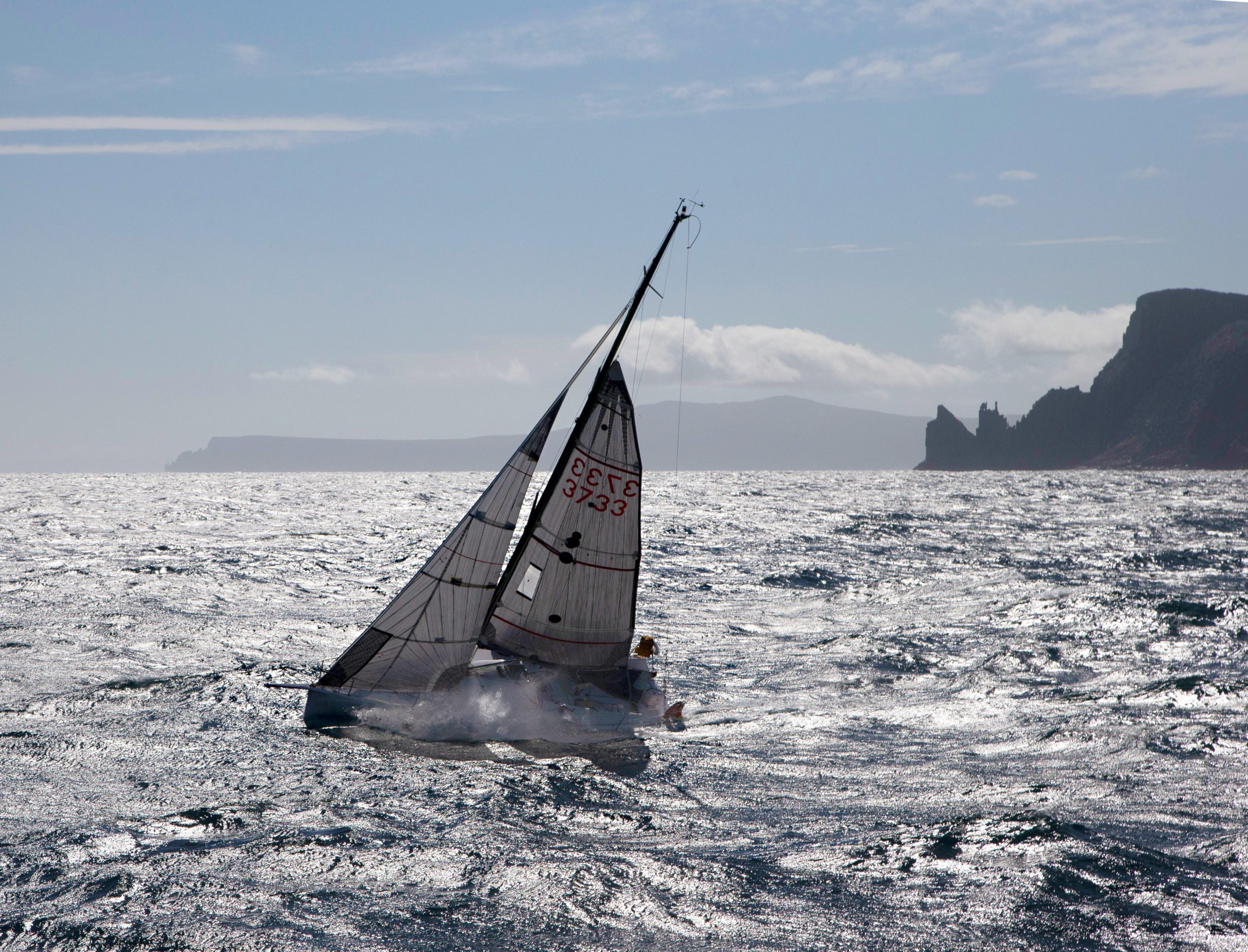
Despite the aerobatics of flying around boats in rough conditions, Alice says she rarely feels sick.
“In between groups of boats, we fly up high where it is smoother, and you can sit up. Every now and then, I do feel like my stomach hits my throat when the ground goes out beneath us. But I’ve only ever felt sick travelling between yachts. As soon as the boat appears and I’m shooting, it all goes away because it becomes 100% about getting the shot.
Alice says the bigger concern is managing her bladder! They fly until they need to refuel, which can be up to 5 hours.
“I don’t drink when we’re in the air. Instead, I chew on Minties to stop the feeling of thirst. When you’re in something the size of a small car, with one to two male pilots and your Dad, it’s not very easy to do a wee. They have ‘piddle packs’ where you pee into a bag, and then it turns into a solid, but it’s not an easy environment to manage that.”
On one occasion, Alice recalls making her Dad land on Flinders Island, which he joked probably cost $5k. Alice laughed that it was worth every penny.
Richard started his training with Alice shooting local races in and around Tasmania, like the Betsy Island Race.
Alice was being trained for the 50th Sydney to Hobart when the fleet was estimated to be its biggest of all time – around 400 yachts. Dedicated to capturing every boat in every race, Richard knew he needed a second lens. Alice was to have her own plane and replicate the unique photographic style of her father.
“The next day, we waited for the wind, figured out where the boats were and then went and found them in the Aero Commander.”
Alice recalls feeling the pressure of making a mistake that would cost her father dearly.
“Not getting the shots. Not having the film exposed correctly. The costs are high in a plane, and I didn’t want to let him down.”
And she never has. But she says she can take no credit.
“I was taught exactly what to do by someone who has refined the skill as an art. I just did what I was told.”
A unique perspective
Alice says photographing the Sydney Hobart with her father is a very special experience. These days the plane has been replaced by a helicopter, following the fatal crash of a Cessna carrying a photographer in 2015.
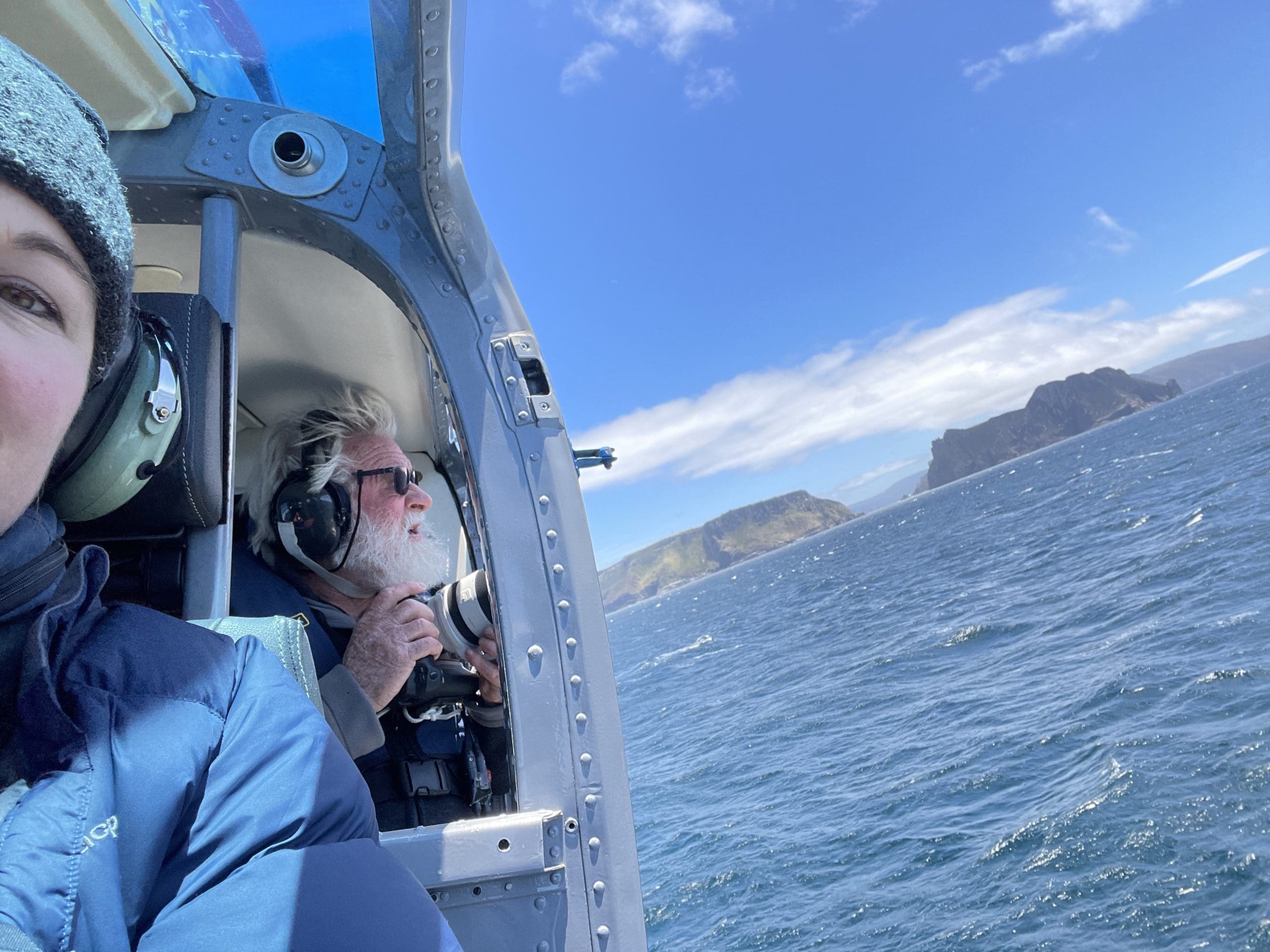
“Using a helicopter has changed things,” says Alice. “Dad picks me up on my farm in Dunalley in the helicopter. We fly over the fleet and then land on Tasman Island, where we wait for the next group of yachts.
“Tasman is an extraordinary place. We sit on top of the highest sea cliffs in the Southern hemisphere and then swoop off the top when the boats arrive. We photograph the fleet for about an hour and a half and then go back to sit on the island again.”
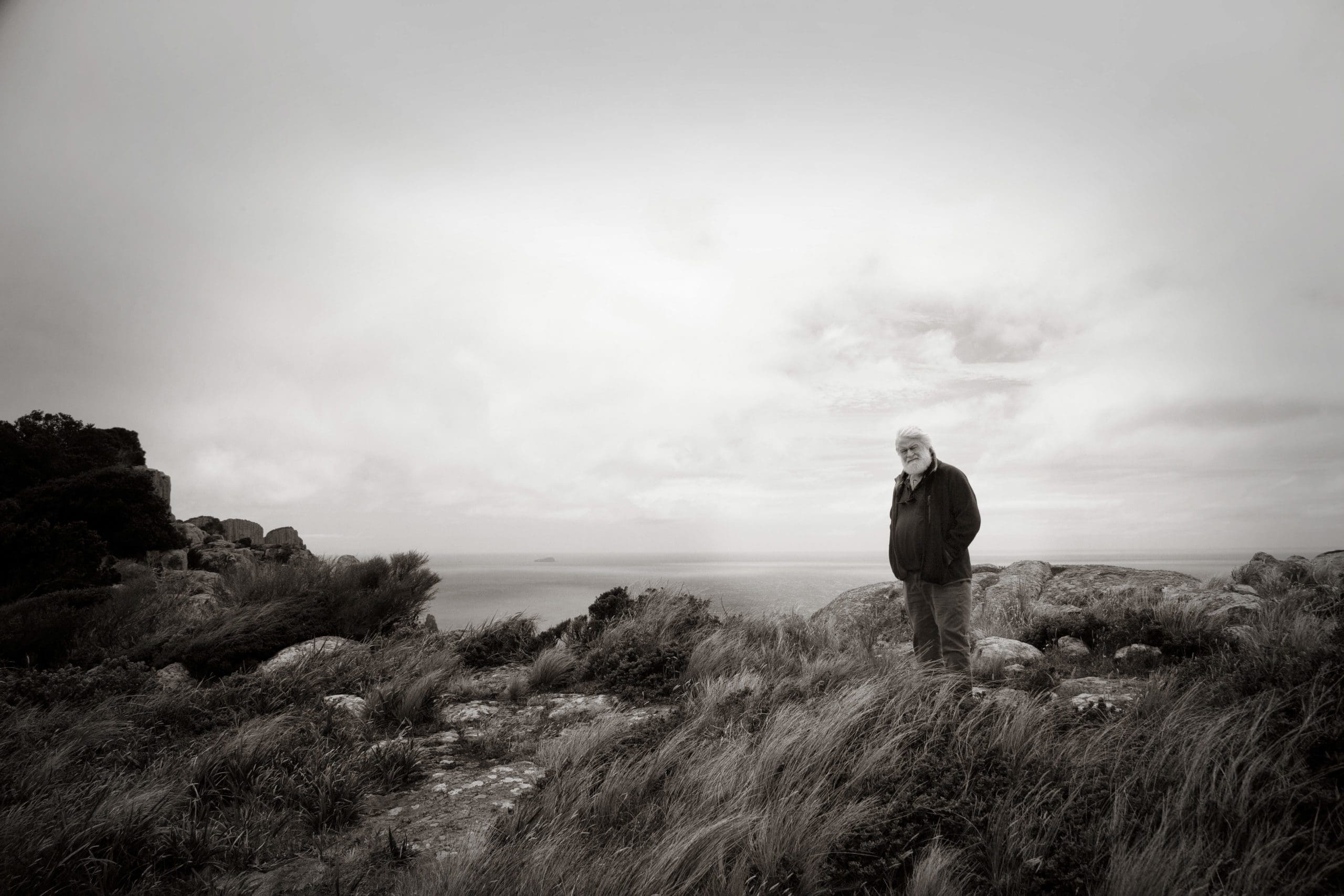
“To share that experience of being there with Dad, with him in his element, is very special,” Alice says.
In between shooting, Alice says they are ‘giggly’ with excitement, literally hopping from toe to toe, eager to get back out there. Richard monitors the weather constantly, and if there is a huge wind off the south coast, they fly down there to ‘get the west coasters’.
“We’re just having so much fun. The light, the waves and the boats are coming. We’re so excited to get out there, the pilot is always telling us to wait and let the yachts get a little closer until we can’t wait any longer, and then we leap off the island again.”
They are out from dawn to dusk getting every boat possible in the daylight. Alice says he goes so hard for that week and then crashes at the end. A couple of times, Richard has finished the race with pneumonia from being in extreme conditions, pushing himself hard for the duration of the race.
“As he approaches, he assesses the yacht, and if the sails aren’t set correctly, I can hear him talking to them (into his headset) saying ‘come on’, sort of willing them to get everything perfect. He instructs the pilot to come around again, allowing the crew the time to put everything right. “Oh, hang on, they’re getting on the rail, he’ll say “do another pass” to get the portrait.
“He appreciates what they are going through below and wants to capture what they went through.”
